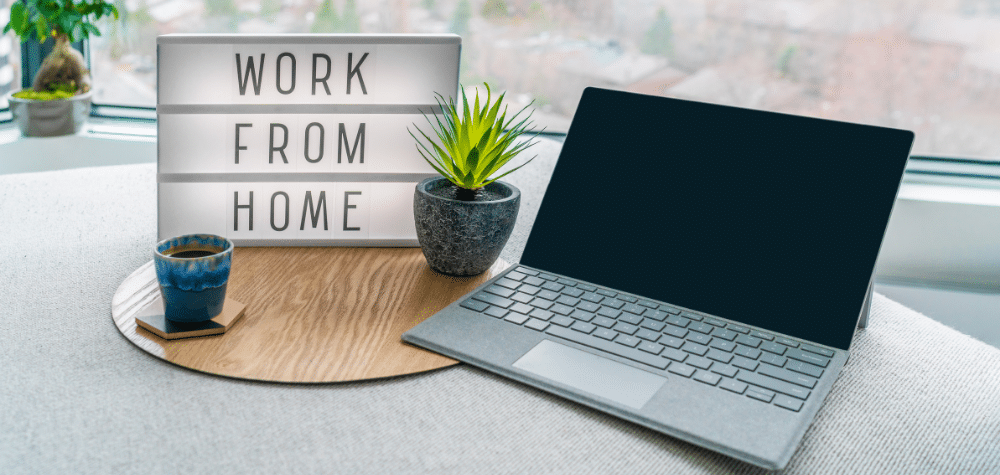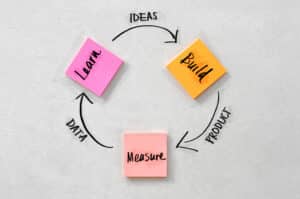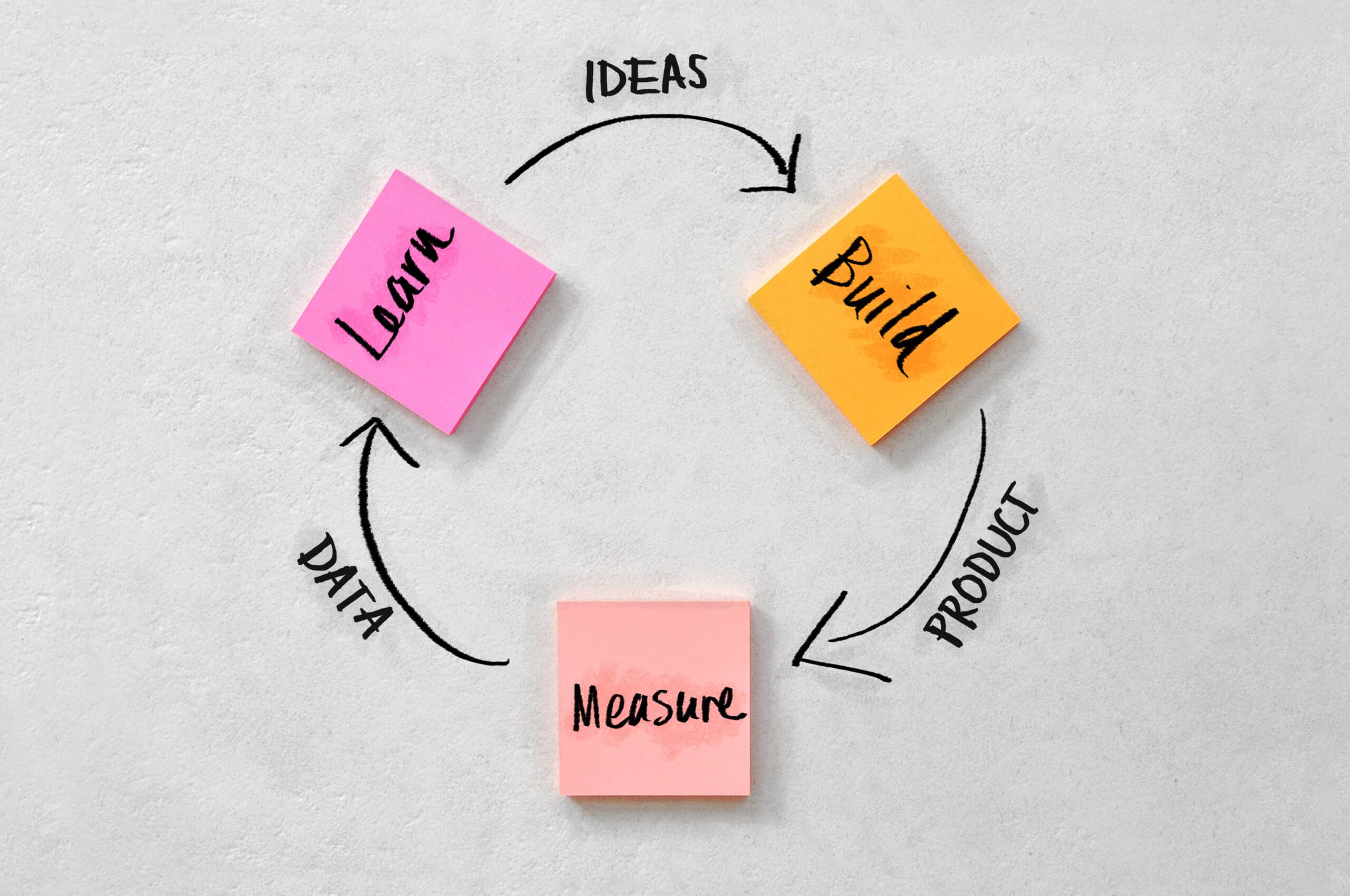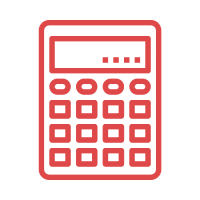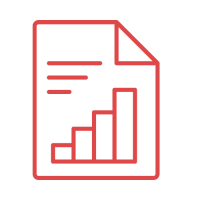If you have been in a situation with your employment where you have been forced to work from home, your taxable deductions could be different to a normal working year. Lockdowns, a hybridisation in work practices and increased flexibility due to newer technologies on where we’re now able to work now mean that careful consideration and due diligence needs to be put into practice when it comes to the tax returns.
When working from home, occupancy expenses are not a deduction for employees. These can include rent, mortgage interest, water and rates. They also are not able to claim the costs for various expenses, including
- Coffee, tea, milk and other general household items your employer may otherwise have provided you with at work;
- Those that are related to children and their education. Items such as setting them up for online learning, teaching them at home or buying equipment;
- Reimbursements for expenses, paid directly by your employer, or the decline in value of items provided by your employer. For example, items such as a laptop or a phone.
The best way to ensure that you receive the best possible deductions for your tax returns and claim the right items is to start a conversation with us, your registered tax agents.
Choosing A Work From Home Deductions Calculation Method
If you’re an employee who works from home, you may be able to claim a deduction for expenses you incur. These can be additional running expenses such as electricity, the decline in value of equipment or furniture and phone and internet expenses.
There are special rules that may be applicable if your home is your primary place of business, though you may need to consider them.
There are three methods to calculate home office expenses depending on your circumstances:
- Shortcut method (all-inclusive rate of 80 cents per work hour) temporary due to COVID-19 – use the shortcut method
- Fixed-rate method (52 cents) – use the fixed-rate method
- Actual cost method – use the actual cost method
You can use the method or methods that will give you the best outcome. But you need to make sure that you maintain accurate records and fit the criteria for the method/s used.
For the 2019–20 income year, if you worked from home before 1 March 2020, you may need to use more than one of the three methods to work out your total deduction for the year.
Again, to maximise the deductions allowable from your claims, the best practice is to consult your tax adviser. Starting a conversation with us could be your key to a better tax return this year.


